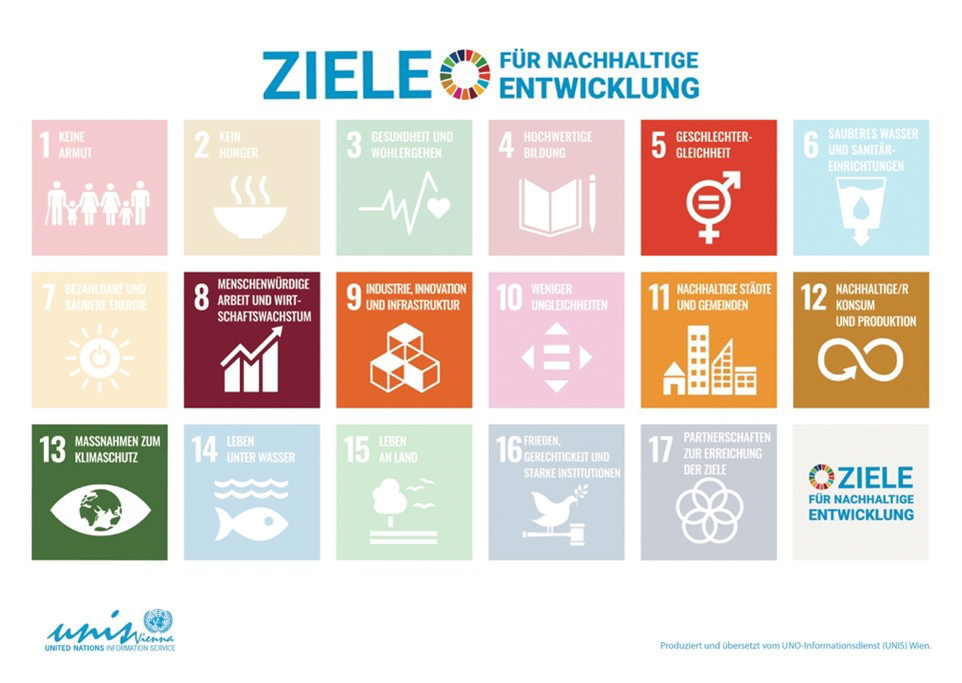advisory board
TOM GEURTS
Dr. Tom G. Geurts, FRICS, is a member of the advisory board of INBRIGHT. He holds the “William H. Dunkak” Chair in Finance at the Bucknell University in Pennsylvania (USA) and is honorary professor at the Technical University of Berlin.
Beyond his academic career, Dr. Tom G. Geurts served as Director of Research at Newmark (now Newmark Grubb Knight Frank), was a research and analytics consultant at CBRE New York and was one of the founding partners of Cadence Capital, a real estate consulting and investment management boutique. He has also held several consultancy mandates for investment and real estate firms, including IBM, Morgan Stanley and Real Capital Analytics.
Dr. Geurts was a „Philip H. Sieg“ scholarship holder at Pennsylvania State University, where he gained a Ph.D. in finance. He holds two Master Degrees from the University of Amsterdam, Economics and Political Science. He also holds a Bachelor Degree in civil engineering from the Higher Technical College in Zwolle (Netherlands).
RÜDIGER THRÄNE
Rüdiger Thräne is a member of the advisory board of INBRIGHT. Most recently, as branch manager of the JLL office in Berlin, he was responsible for around 360 employees. Since June 2021, he has been focussing as Senior Advisor on JLL´s strategic clients in Berlin and Leipzig.
In his first position as Real Estate Portfolio Manager in New York at Siemens USA, he was responsible for the valuation of all company sites in North America. In 1990, he returned to Germany and specialised at Kemper´s in investments in top locations, helped to build up Kemper´s branch network and was finally appointed Managing Director of the company. In 1996 he also became Managing Director of Kemper´s Holding GmbH. With the merger of Kemper´s and Jones Lang LaSalle in 2008, Rüdiger Thräne became Regional Director and has since then headed the Berlin JLL office. From 2009 to 2017, he was also a member of the German Management Board.
Rüdiger Thräne studied economic geography at the Ludwig Maximilian University of Munich and later completed a course of study at the European Business School.

